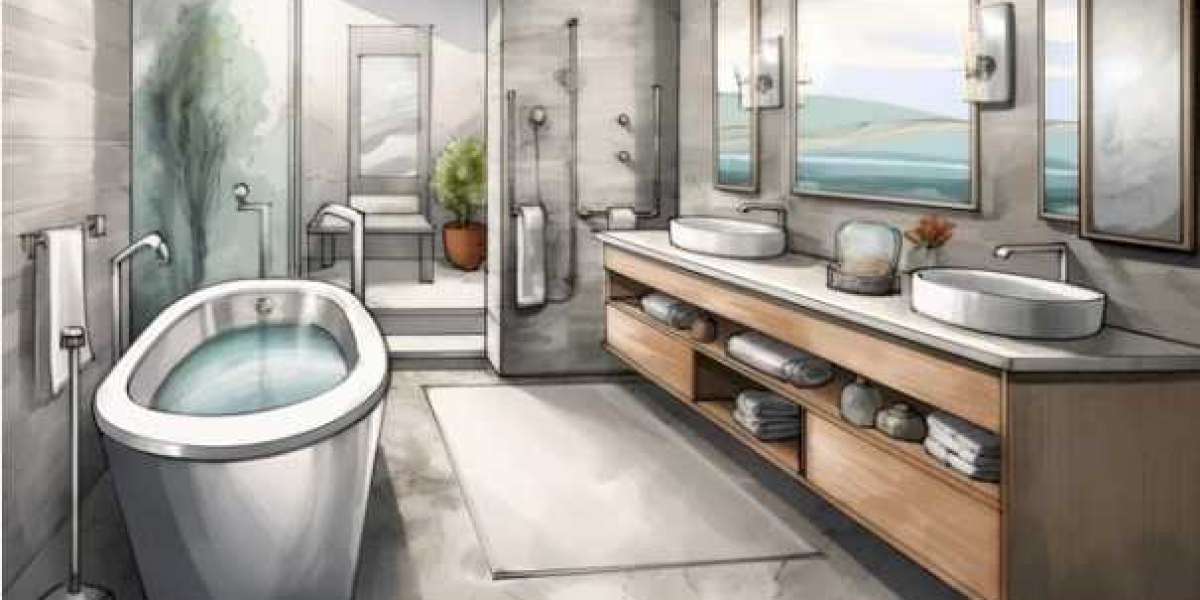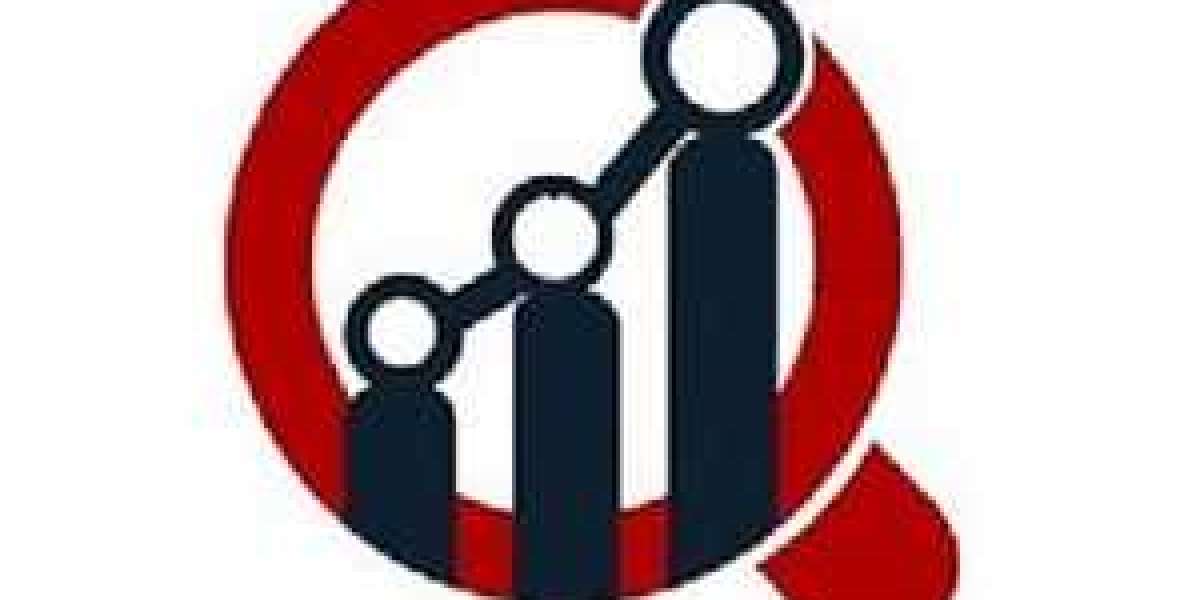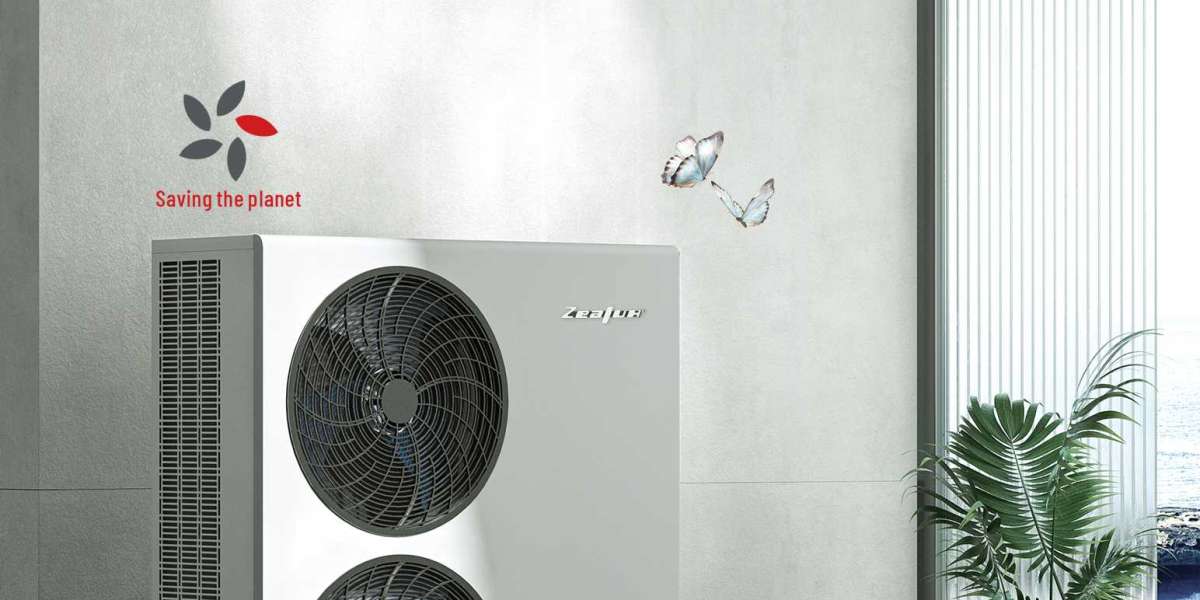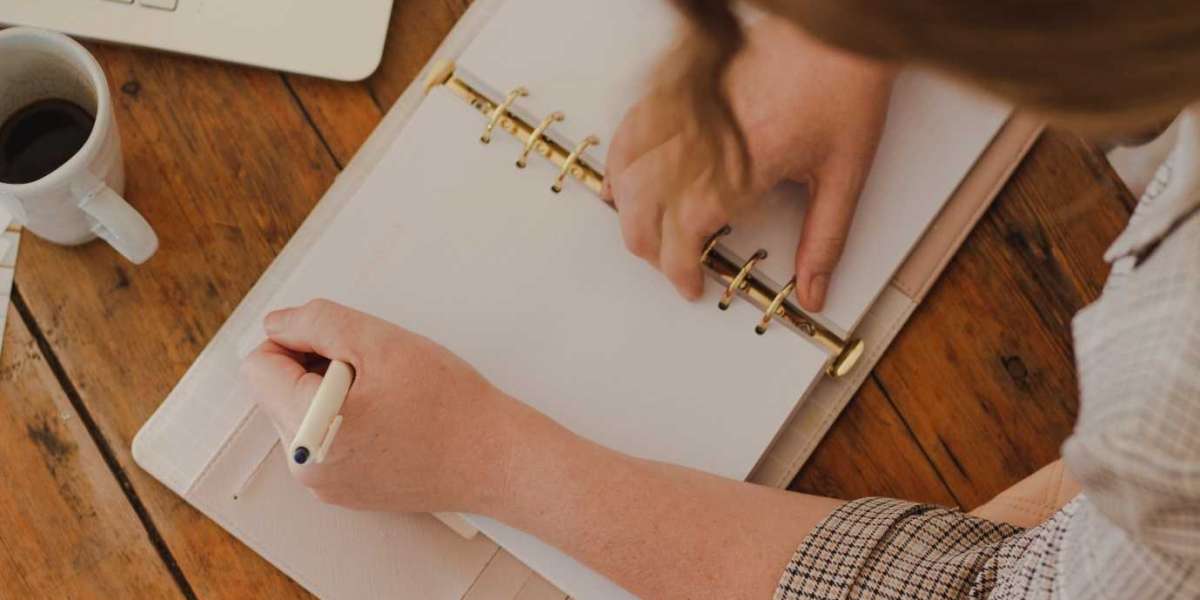In today’s technologically advanced and fiercely competitive world, protecting intellectual property has become a top priority for businesses and inventors. A crucial aspect of securing a patent is the inclusion of detailed and accurate patent drawings. These visual representations clearly understand an invention’s structure and functionality, making them an indispensable component of a patent application. However, finding a reputable and reliable patent drawing company for your search can be daunting. In this article, we will delve into the significance of patent drawings and guide you through selecting the right patent drawing company. By understanding the importance of patent drawings and making an informed decision when choosing a patent drawing company, you can ensure that your invention is represented effectively and increase your chances of a successful patent application.
The Significance of Patent Drawings
Patent drawings play a significant role in the patent application, offering visual clarity and enhancing the understanding of an invention. Here are several reasons why patent drawings hold immense significance:
- Visual Representation: Patent drawings provide a visual depiction of the invention, allowing patent examiners, inventors, and the public to comprehend the design, structure, and functionality more easily. They act as a bridge between complex technical concepts and clear visual communication.
- Comprehensive Description: While a patent application’s written description of an invention is vital, it may not fully convey intricate details. Patent drawings fill this gap by illustrating the components, relationships, and interactions involved, ensuring a comprehensive representation of the invention.
- Clarifying Ambiguity: In many cases, patent specifications can be open to interpretation or ambiguity. Patent drawings help to eliminate confusion by presenting an unambiguous visual representation of the invention. They provide additional context and assist in removing any doubts or misunderstandings.
- Enhancing Patent Prosecution: Well-drafted patent drawings can significantly impact the success of patent prosecution. By visually demonstrating the invention’s unique features, functionality, and innovative aspects, patent drawings strengthen the claims made in the patent application. They can aid in convincing patent examiners of the invention’s novelty and inventive step, thereby increasing the likelihood of obtaining a granted patent.
- Supporting Enforcement and Litigation: In case of future disputes or litigation, accurate and detailed patent drawings can serve as valuable evidence. They can be instrumental in establishing the scope of the patented invention and proving infringement, enabling the patent holder to defend their rights effectively.
- International Compatibility: Patent drawings are universally understood, irrespective of language barriers. This makes them particularly valuable in the global context, where patent applications may be examined by individuals who speak different languages. Patent drawings provide a standardized visual representation that transcends linguistic differences and facilitates efficient jurisdiction examination and understanding.
The Challenges of Patent Drawing Search
Performing a patent drawing search presents several challenges that inventors and businesses must overcome to ensure their patent drawings’ accuracy and uniqueness. These challenges include:
- The complexity of Patent Requirements: Patent offices have specific requirements and guidelines for patent drawings. These guidelines cover various aspects, such as size, format, line thickness, shading, and labeling. Complying with these requirements can be challenging, especially for individuals without prior experience in patent law or drawing standards. Failure to meet these requirements may result in the rejection of the patent application.
- Understanding Prior Art: Conducting a thorough patent drawing search requires a deep understanding of prior art. Prior art refers to existing patents, publications, or any public disclosures that may be similar to the invention being patented. Patent drawings must be unique and different from the prior art. Analyzing and interpreting prior art accurately is crucial to avoid inadvertently infringing existing patents or duplicating prior inventions.
- Time-Consuming Process: Patent drawing searches can be time-consuming, particularly when examining many existing patents and related documents. Inventors may need to review numerous patent databases, conduct searches across multiple jurisdictions, and analyze various technical fields to ensure the novelty and non-obviousness of their invention. This extensive research and analysis require significant time and effort.
- Technical Expertise: Patent drawing searches require technical expertise to identify relevant patents and prior art. Understanding complex technological concepts, deciphering technical drawings, and evaluating the scope of prior inventions require specialized knowledge. Inventors without the necessary technical background may find it challenging to independently conduct an effective patent drawing search.
- Language Barriers: Patents are filed and examined in multiple languages worldwide. Conducting a patent drawing search may involve reviewing patent documents in different languages, which can pose a language barrier for inventors who are not fluent in those languages. This language challenge adds another layer of complexity to the search process.
- Keeping Up with Updates and Changes: Patent laws, regulations, and search methodologies are subject to frequent updates and changes. Staying abreast of these changes and adapting search strategies accordingly can be demanding. Failing to keep up with these updates may lead to missed opportunities or preliminary search results.
Choosing the Right Patent Drawing Company
When selecting the right patent drawing company for your patent drawing search, several crucial factors need to be considered. Making an informed decision in this regard can ensure your patent drawings’ highest quality and accuracy. Here are key considerations to guide you in choosing the right patent drawing company:
- Expertise and Experience
One of the primary factors to consider is the expertise and experience of the patent drawing company. Look for a company specializing in patent drawings with a team of skilled professionals with in-depth knowledge of patent drawing requirements and guidelines. Consider their experience in the field and familiarity with different patent offices’ standards and procedures. A company with a solid track record and a diverse portfolio of successful projects will likely provide reliable, high-quality services. - Quality and Accuracy
The quality and accuracy of patent drawings are paramount. Ensure the company has a reputation for delivering drawings meeting stringent quality standards. Request samples or examples of their previous work to assess their drawings’ clarity, precision, and attention to detail. Additionally, inquire about their quality control processes and how they ensure accuracy and compliance with patent office guidelines. The company should have a thorough review and revision process to eliminate errors and inconsistencies. - Turnaround Time and Communication
Consider the company’s ability to deliver patent drawings within your required timeframe. Timely completion of drawings is crucial for meeting patent application deadlines. Discuss the project timeline with the company and ensure they can accommodate your needs. Additionally, effective communication is essential throughout the process. Choose a responsive company that maintains open communication lines and provides regular progress updates. This ensures transparency and allows you to promptly provide feedback and address concerns. - Cost and Pricing Structure
Compare the pricing structures of different patent drawing companies. While cost is a factor, it should not be the sole determining factor. Cheaper options may compromise the quality and accuracy of the drawings. Instead, seek a balance between cost-effectiveness and quality. Request detailed pricing information from the company and clarify what is included in the quoted price. Ensure that there are no hidden costs or unexpected additional charges. - Confidentiality and Security
Confidentiality is critical when dealing with patent drawings and sensitive intellectual property information. Ensure that the patent drawing company has robust security measures to protect your invention’s confidentiality. Ask about their data protection protocols, non-disclosure agreements, and how they handle confidential information. Choosing a reputable company with a strong reputation for maintaining client confidentiality is essential for peace of mind. - Customer Reviews and Testimonials
Research customer reviews and testimonials to gauge the satisfaction level of past clients. Look for feedback regarding the company’s professionalism, quality of work, adherence to deadlines, and customer service. Independent reviews and testimonials can provide valuable insights into the reputation and reliability of the patent drawing company.
Conclusion
In the intricate world of patents, selecting the right patent drawing company is a critical decision that can significantly impact the success of your patent application. By considering factors such as expertise, quality, communication, pricing, and confidentiality, you can ensure that your patent drawings are accurate, compliant with patent office guidelines, and effectively represent your invention.
A reputable patent drawing company with experienced professionals will provide you with the expertise and knowledge necessary to navigate the complexities of a patent drawing search. Their commitment to delivering high-quality and accurate drawings within your required timeframe will streamline the patent application process and increase your chances of obtaining a strong and enforceable patent.
Remember to review customer testimonials and independent reviews to gauge the company’s reputation and customer satisfaction. By choosing a reliable patent drawing company, you can trust that your invention will be represented effectively, enhancing its value and protecting your intellectual property rights.
Investing in the right patent drawing company is an investment in your invention’s future. It ensures that your patent application stands out, communicates your innovation clearly, and maximizes the potential for successful prosecution.
Read More:
Reducing Costs with Professional Patent Drawings: A Comprehensive Guide








